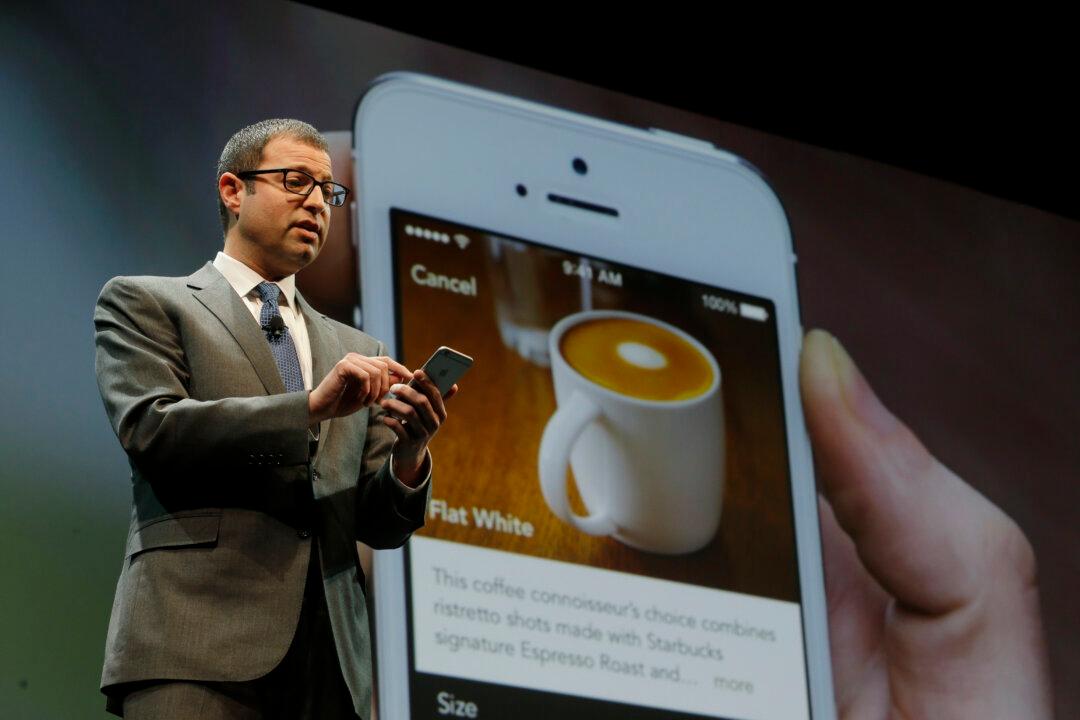“Software is eating the world,” venture capitalist Marc Andreessen declared in 2011. His metaphor, meant to sum up the displacement of brick-and-mortar businesses like taxi services and retail bookstores by tech companies like Uber and Amazon, has now come back full circle as software is now poised to transform the food and dining industry.
This week, Starbucks unveiled plans for a trial delivery service in two locations starting in the second half of 2015, partnering up with the delivery startup Postmates in Seattle, and deploying its own employees to carry lattes upstairs to customers in the Empire State Building.
“The truth is we’re not sure exactly how it will play out,” Adam Brotman, chief digital officer at Starbucks, told Re/code. “Is one the national approach and one for dense urban environments only? We are truly in learning mode right now, but we’re excited about them both.”





